Your kitchen is the heart of your home, and its furniture plays a key role in both functionality and style. Whether it’s a custom cabinet, a sleek countertop, or a stylish island, maintaining your kitchen furniture ensures its longevity and beauty. Each material used in kitchen design requires specific care to keep it looking fresh and lasting for years. Below are expert tips on how to properly care for different types of kitchen furniture materials.
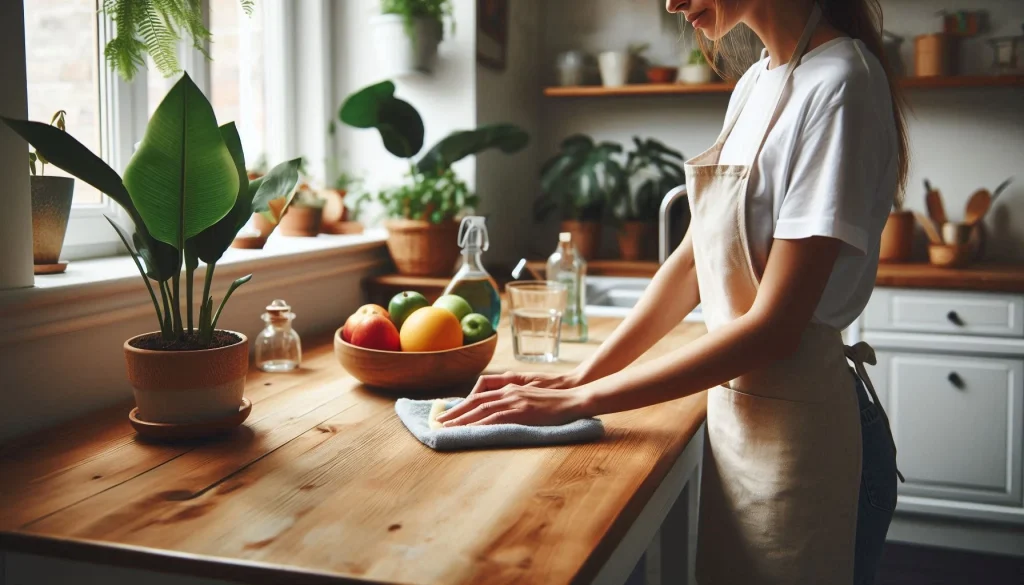
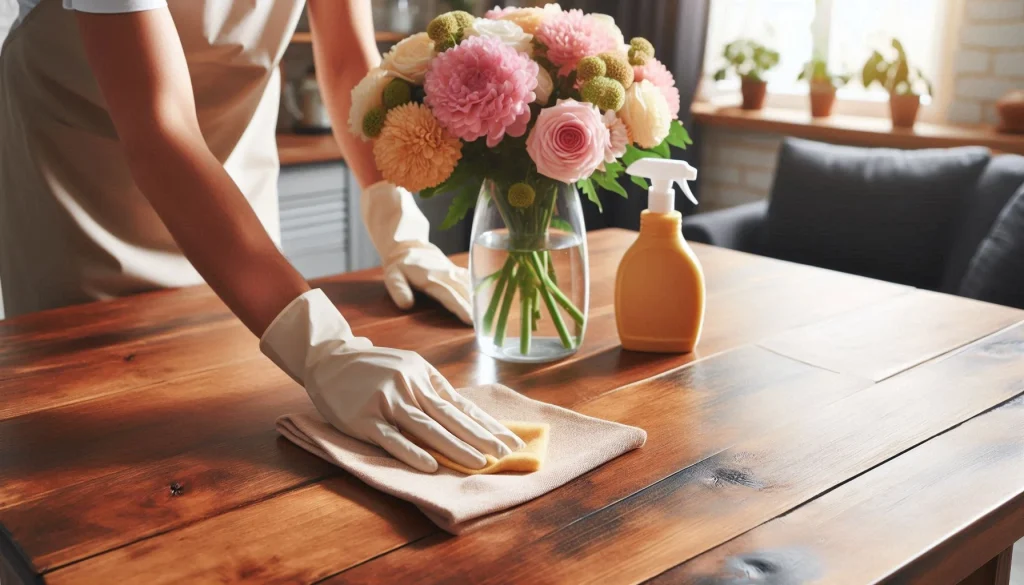

1. Wood: Timeless Elegance with Proper Maintenance
Wood is a classic choice for kitchen cabinetry, bringing warmth and elegance to any kitchen design. However, wood is sensitive to moisture, temperature changes, and scratches. Here’s how to care for it:
- Cleaning: Use a damp cloth with a mild soap or specialized wood cleaner. Avoid harsh chemicals that could damage the finish.
- Avoid Moisture: Wipe up any spills immediately to prevent water damage or warping. Make sure your kitchen has proper ventilation to control humidity.
- Polishing: To keep wood cabinets and surfaces looking their best, apply a wood polish or wax once or twice a year.
- Sunlight Protection: Wood can fade or darken when exposed to direct sunlight, so consider installing UV-blocking window treatments or using covers to reduce exposure.
2. Laminate: Low Maintenance but High Durability
Laminate is a popular choice for its affordability and variety of finishes, from matte to glossy. It’s resistant to stains and scratches but still needs regular care to stay in top shape.
- Cleaning: Wipe surfaces with a non-abrasive sponge and a mild cleaner. Avoid abrasive materials that can scratch the laminate.
- Avoid Heat: Although laminate is durable, it can still be damaged by extreme heat. Use trivets or heat-resistant pads when placing hot cookware on counters.
- Prevent Water Damage: While laminate is water-resistant, excess moisture can still seep into seams and edges. Be cautious with water near sinks and countertops.
3. Stainless Steel: Sleek but Susceptible to Fingerprints
Stainless steel appliances and kitchen elements offer a modern, clean look but are notorious for showing fingerprints and smudges.
- Cleaning: Wipe down surfaces regularly with a microfiber cloth and a stainless-steel cleaner. Alternatively, use a solution of water and vinegar for a streak-free shine.
- Avoid Scratches: Be cautious when cleaning stainless steel. Use non-abrasive cloths and cleaners to prevent scratching the surface.
- Polishing: Buff stainless steel surfaces with a soft cloth to keep them gleaming. Some specialized cleaners also offer protective coatings to prevent future smudges.
4. Glass: Crystal-Clear Beauty That Needs Regular Attention
Glass cabinets and inserts add elegance and modernity but require frequent cleaning to maintain their clarity.
- Cleaning: Use a glass cleaner or a mixture of vinegar and water to wipe away fingerprints and smudges. Avoid using abrasive cloths that could scratch the glass.
- Handle with Care: Be cautious when opening and closing glass-fronted cabinets to avoid chips and cracks. Use soft-closing hinges if possible.
5. Quartz and Granite: Strong but Not Indestructible
Quartz and granite countertops are known for their durability and luxurious appearance. However, they each have unique care requirements.
- Quartz Cleaning: Clean quartz with mild soap and water. Avoid harsh chemicals, as they can damage the surface over time.
- Granite Sealing: Granite is porous and needs regular sealing to prevent staining. Apply a granite sealer every 6 to 12 months depending on use.
- Avoid Heavy Impact: Both quartz and granite can chip if exposed to heavy impact, so take care when handling large or heavy objects in the kitchen.
6. Marble: Luxurious but High Maintenance
Marble countertops and backsplashes offer a sophisticated look, but this natural stone is prone to etching and staining.
- Cleaning: Wipe marble surfaces with a pH-neutral cleaner. Acidic substances like lemon juice or vinegar can etch the stone, so avoid using them.
- Sealing: Like granite, marble requires periodic sealing to protect against stains. Reseal the surface every few months to maintain its appearance.
- Immediate Spill Cleanup: Marble is highly porous and can absorb liquids quickly, leading to permanent staining. Clean up any spills immediately.
7. Acrylic: Easy to Clean but Vulnerable to Scratches
Acrylic cabinetry and countertops are modern, lightweight, and customizable. While durable, they can scratch if not handled carefully.
- Cleaning: Use a soft cloth with water and mild soap. Avoid abrasive cleaners and scrubbing pads that could scratch the surface.
- Buffing Scratches: Light scratches can be buffed out with a microfiber cloth and a specialized acrylic polish.
8. Painted Surfaces: Bright and Stylish but Needs Gentle Care
Painted kitchen cabinets and furniture allow for a variety of color schemes and design aesthetics. However, painted surfaces can chip or fade if not properly maintained.
- Cleaning: Use a soft cloth and a gentle, non-abrasive cleaner. Avoid excessive water, as it can weaken the paint over time.
- Touch-Up: Keep a small amount of touch-up paint on hand for minor chips and scratches.
Final Thoughts
Maintaining your kitchen furniture not only keeps it looking beautiful but also extends its lifespan. Regular care, such as cleaning, polishing, and avoiding heat or water damage, can prevent premature wear. By following these tips tailored to specific materials, you’ll ensure your kitchen remains a functional and stylish space for years to come.
In summary, investing in high-quality custom kitchen furniture requires a commitment to regular maintenance. With the right care routine, your kitchen will continue to look stunning while providing a practical, comfortable space for your family and friends.



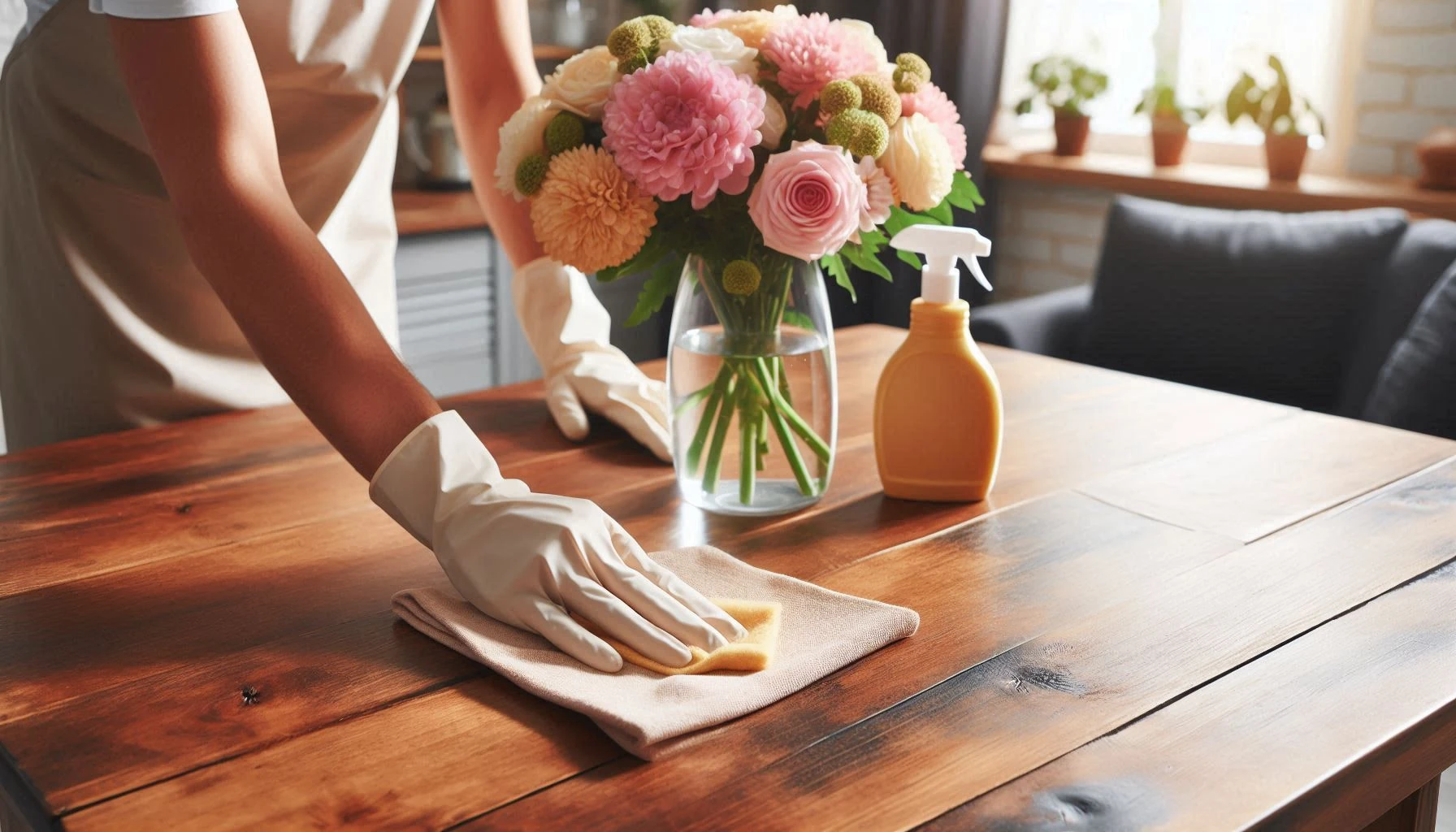
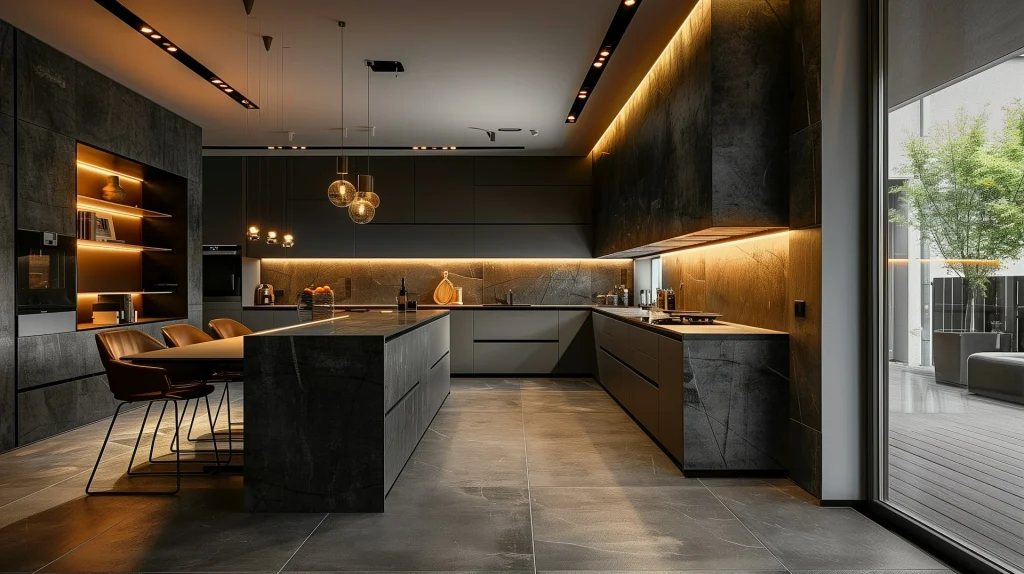

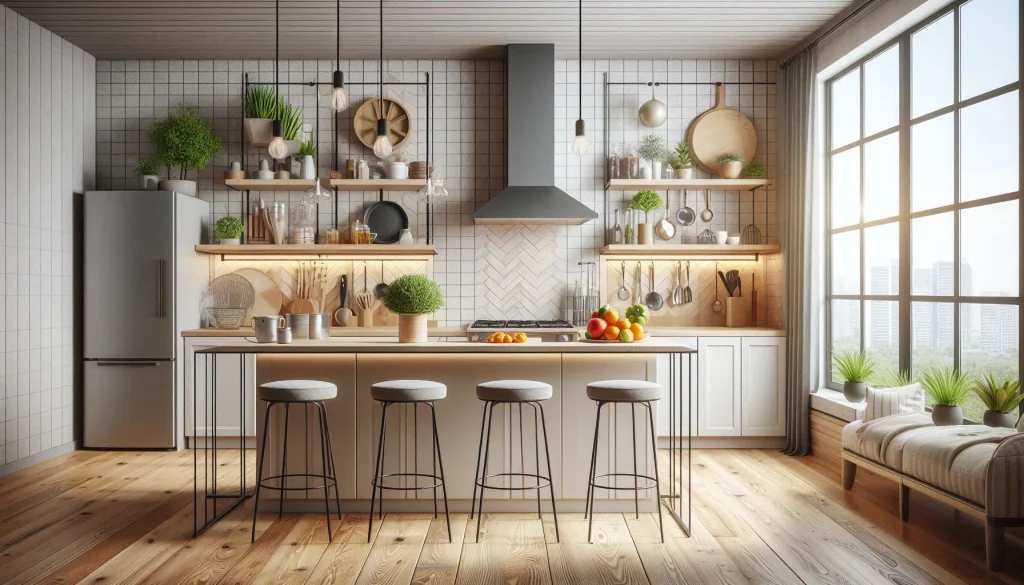

 Furniture manufacturing
Furniture manufacturing Furniture renovation
Furniture renovation Room decoration
Room decoration